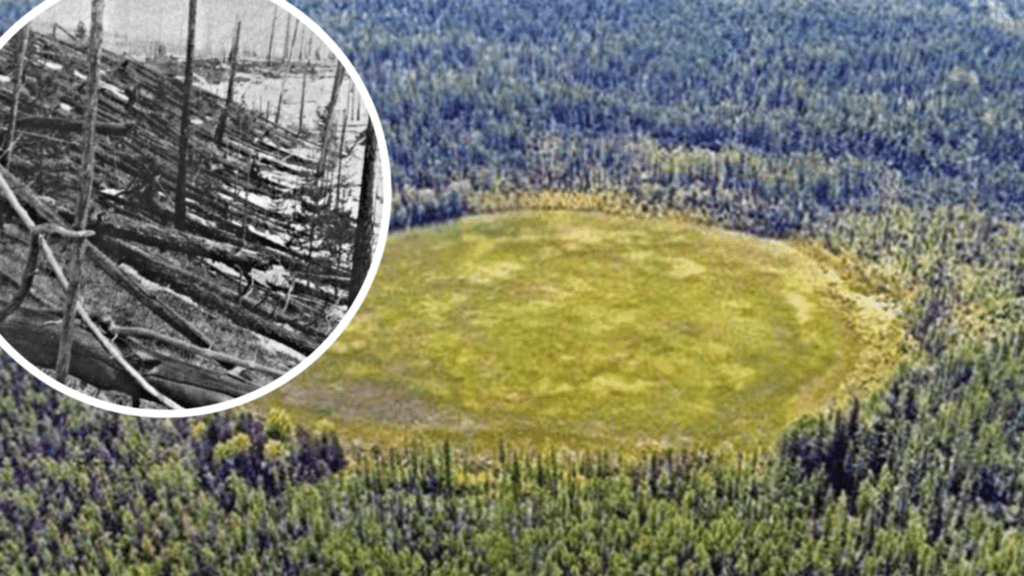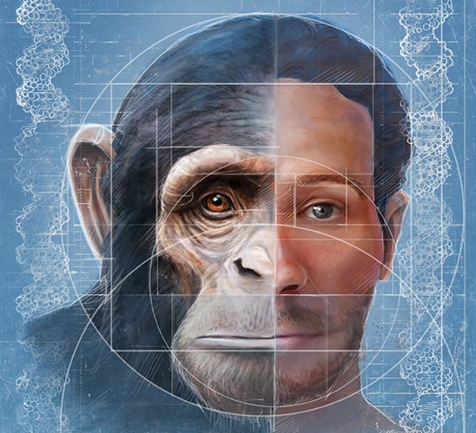Possible Preaching Themes
Possible Scientific Resources
- Encountering God as “cloud” during Lenten season (learning to live with an ambiguous presence that we never entirely comprehend)
- The image of “ascending the mountain” as an image of the human quest for God; the image of the mountain top as a place we meet God
- Transfiguration as a theophany of Jesus the Christ (where earth and heaven meet in a person)
- The request to “hold on to the vision” until after Jesus’ death and how we continue to hold experiences in our hearts today and can use them to make sense of new events (e.g. resurrection)
- God’s plan of salvation has existed from before the beginning of time (if focused especially on the second reading)
- Why do clouds and mountains so often appear together?
- Clouds on mountaintops as a natural phenomenon: Mountains cause clouds to form because air hits the mountain range and rises, cooling as the particles spread out in lower pressure zone. The air can no longer hold the water vapor it could when it was warm and condenses into cloud: https://scied.ucar.edu/learning-zone/clouds/clouds-form-mountains
- There is a very particular kind of cloud associated with mountaintops. Called “lenticular” because it is shaped like a lentil. Also frequently described as “UFO-like.” Lenticular clouds are unusual in that they do not appear to move and have bright colors at the edges. For more information about such clouds, see: https://www.weather.gov/abq/features_acsl and https://www.youtube.com/watch?v=u7CVY1vLXcY
- The capacity to “hold on to visions” as a slowly evolving capacity
- The capacity to hold on to memories and use them in the future to interpret situations and make decisions is something that we get only faint glimpses of in the animal world: https://www.theatlantic.com/science/archive/2019/06/surprising-complexity-animal-memories/589420/
- Evolutionarily, we cannot begin to envision future possibilities if we are not able to also “time travel” into the past and recall memories of previous experiences. Evidence from the animal world highlights how the capacity to remember “back” and imagine “forward” go hand in hand: https://www.sciencedirect.com/science/article/abs/pii/S0023969012000318
- The true vastness of God’s plan viewed through the lens of time
- 2 Timothy speaks of God’s design for us already in mind before the beginning of time. What are the implications of such a statement given the vastness of time? For information on how long the history of the universe is: https://www.sciencealert.com/timeline-shows-the-entire-history-of-the-universe-and-how-it-ends
Homily Outline Combining Resources
Homily outline based on the second and third themes about ascending the mountain and theophany:
- Introduction: Have you ever noticed how mountains and clouds seem to go together? (in art, photographs, and perhaps your own travels)
- As a child I thought it was because mountains so high, they touched the sky; but no.
- Mountains “create” their own clouds: https://scied.ucar.edu/learning-zone/clouds/clouds-form-mountains
- In science, these clouds have their own name—”lenticular”—and they are unusual in that they do not move, but hover in place, like a cap on the mountain: https://earthsky.org/earth/best-photos-beautiful-lenticular-clouds-around-the-world/
- Link to ancient world:
- In so many myths from around the world, people ascend mountains as part of a spiritual quest.
- People want to get as close to God “in the heavens” as possible, taking in the wider view
- Where mountains are not found naturally, people often created their own in the form of pyramids or mounds (e.g. Egypt, Cahokia, Teotihuacan)
- Link with biblical world:
- In the Biblical world, it is no different.
- The prophet Elijah ascended a mountain. When in fear of his life, he sought the presence and insight of God on Mt. Sinai and, indeed, encountered God there. (1 Kings 19)
- More significantly, Moses ascended a mountain—again, Mt. Sinai—with three of his closest friends being named in the text (Exod 24:1), to receive God’s commandments.
- Perhaps even more significantly, God met Moses there in the form of a cloud—a cloud that hovered in place over the top of the mountain for six days. (Exod 24:16)
- When Moses returned from the mountain, he built a tent where he would continue to go and pray (Exod 33) and when he entered there, too, a cloud would descend.
- At one point, he prays to see the Lord’s “glory” (Exod 33:18). Another way of saying “God’s fullness,” “God’s magnificent splendor,” “God’s overwhelming light.”
- Is this starting to sound vaguely familiar? It should.
- The Gospel: Another mountain top and cloud meeting
- Jesus and three of his closest friends ascend a high mountain. Should it surprise us that they meet Elijah and Moses there? Should it surprise us that God covers the mountain in cloud? And should it surprise us that Jesus’ friends are shaken to the core there by an experience of the glory, the splendor, the fullness of God?
- The glory of God they behold, however, is manifest in the form of a person – their friend, Jesus – who stands at the apex of the mountain in the place of every human who has ever sought God; Jesus – who reveals the face of a God drawn near, always seeking relationship with humankind. Jesus who in that moment radiates an overwhelming light.
- Irenaeus: “Gloria enim Dei vivens homo” / “The Glory of God is a living man… a human being fully alive (in God)”: http://cdn.theologicalstudies.net/49/49.2/49.2.3.pdf
- Implications for today:
- This Lent, we are called to renew our spiritual quest, to “ascend” the mountain
- Once again, we should expect to discover that our very longing to encounter God will be met by God’s longing to encounter us, just as mountains draw clouds.
- May Irenaeus’ description—so fitting a description for the Transfigured Christ—also become a descriptor for ourselves. May the Glory of God also be manifest in us.
Related Homily Outlines
Couldn’t find what you’re looking for?
Try searching with another filter

Preaching with Sciences

Edward Foley, Capuchin
Duns Scotus Professor Emeritus of Spirituality
Professor of Liturgy and Music (retired)
Catholic Theological Union
Vice-Postulator, Cause of Blessed Solanus











